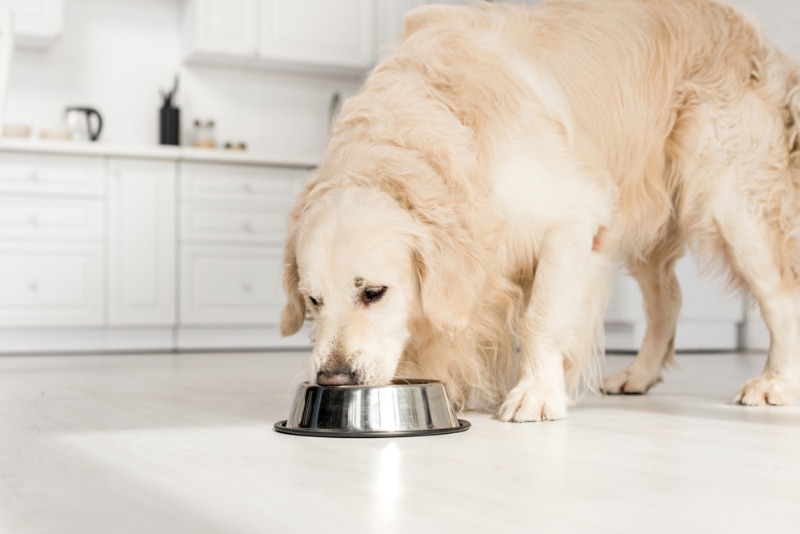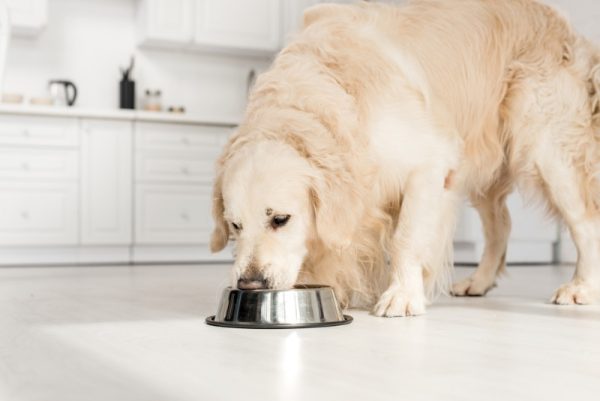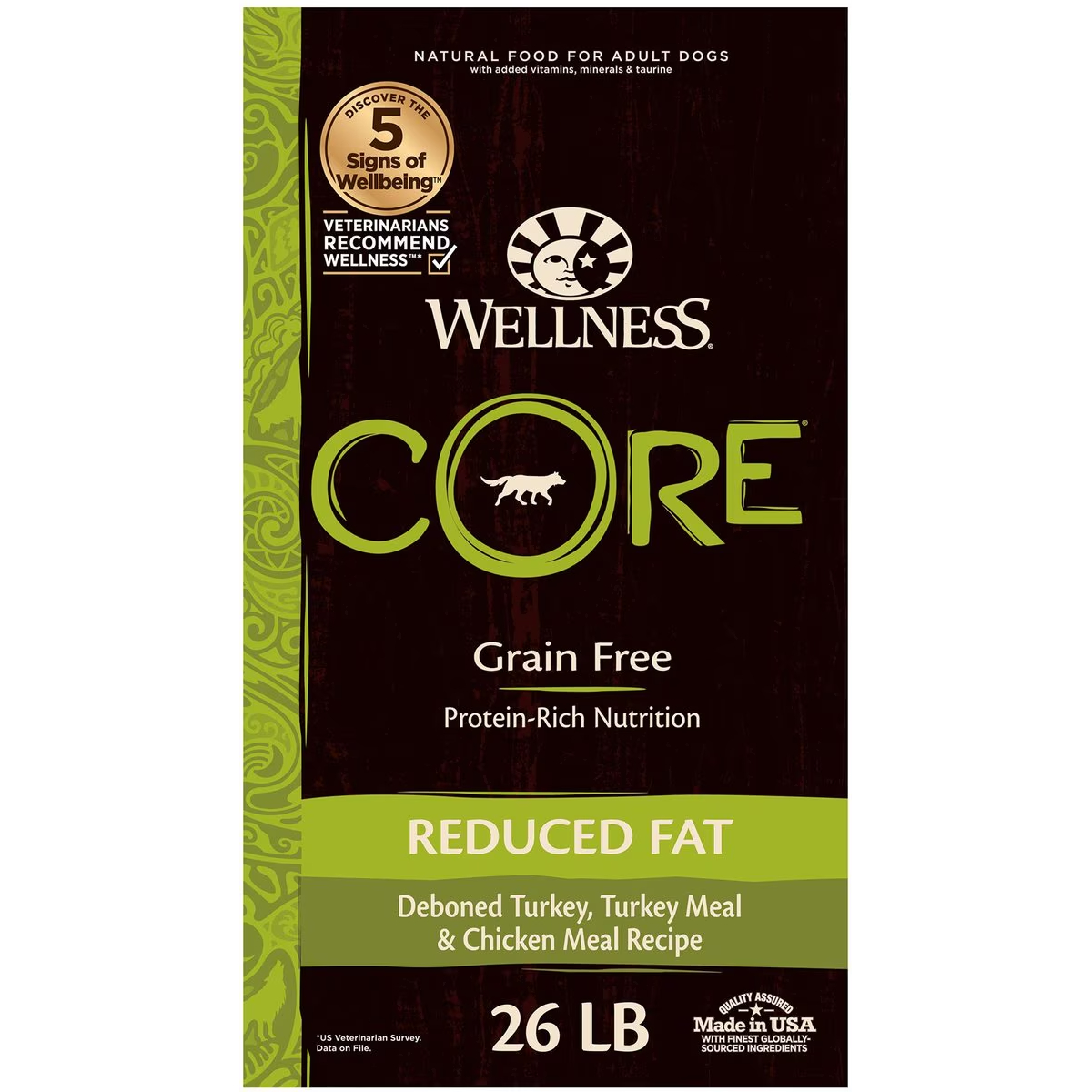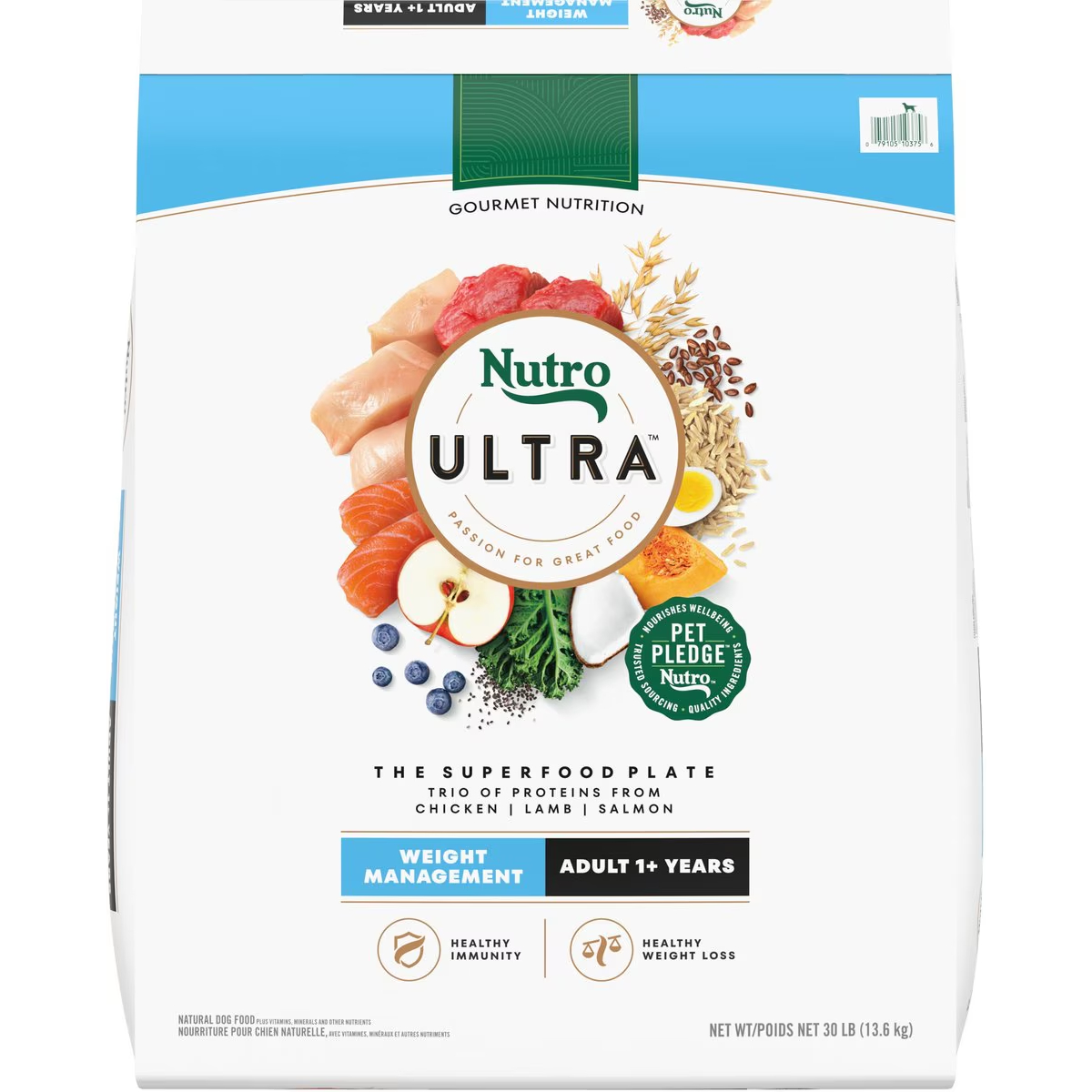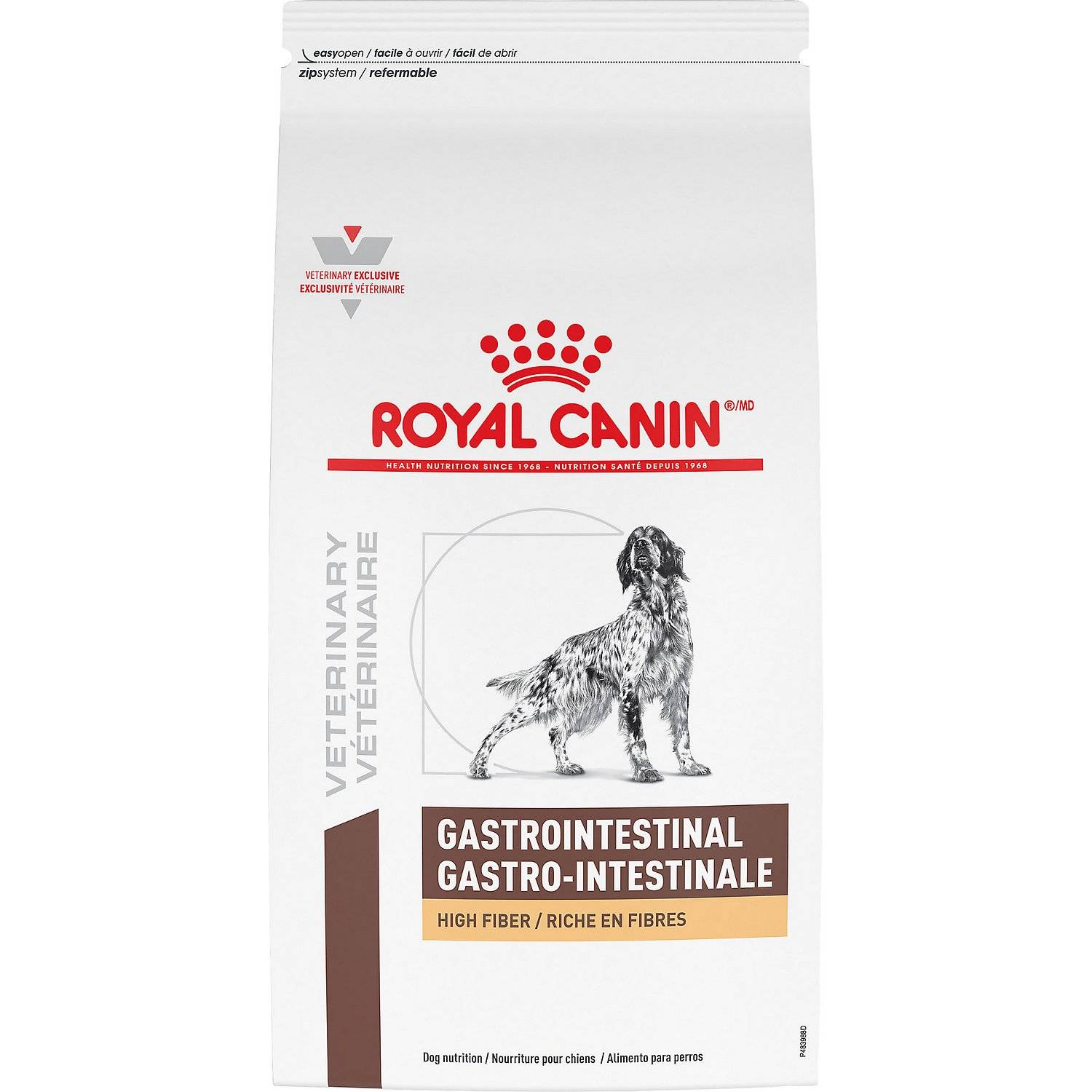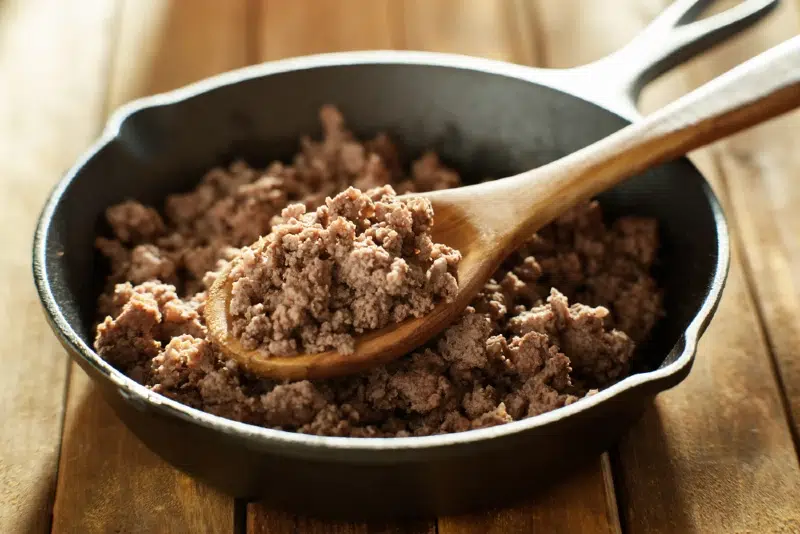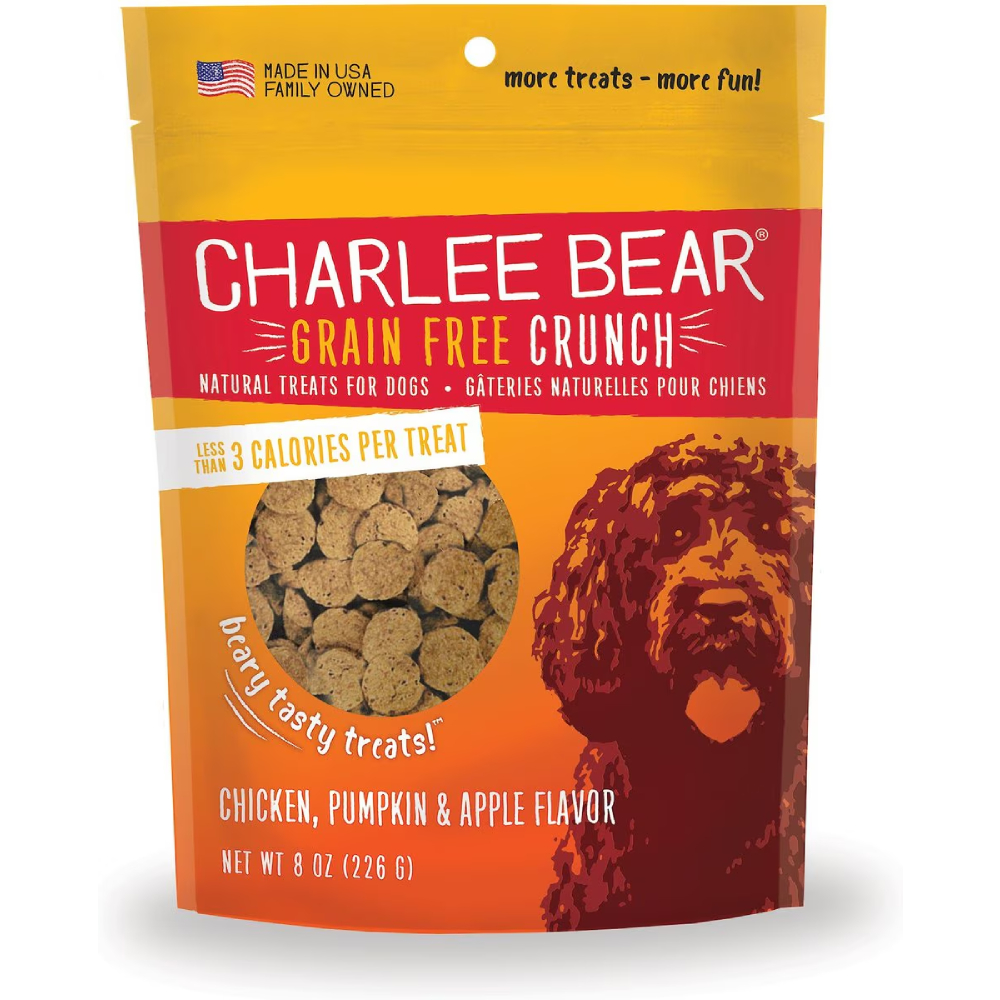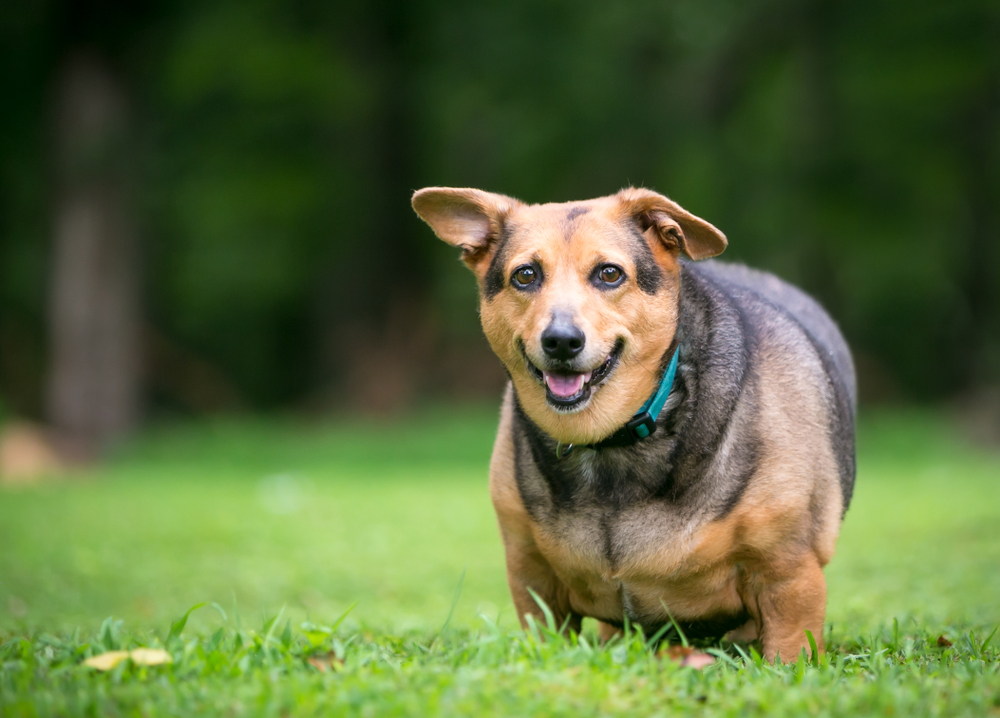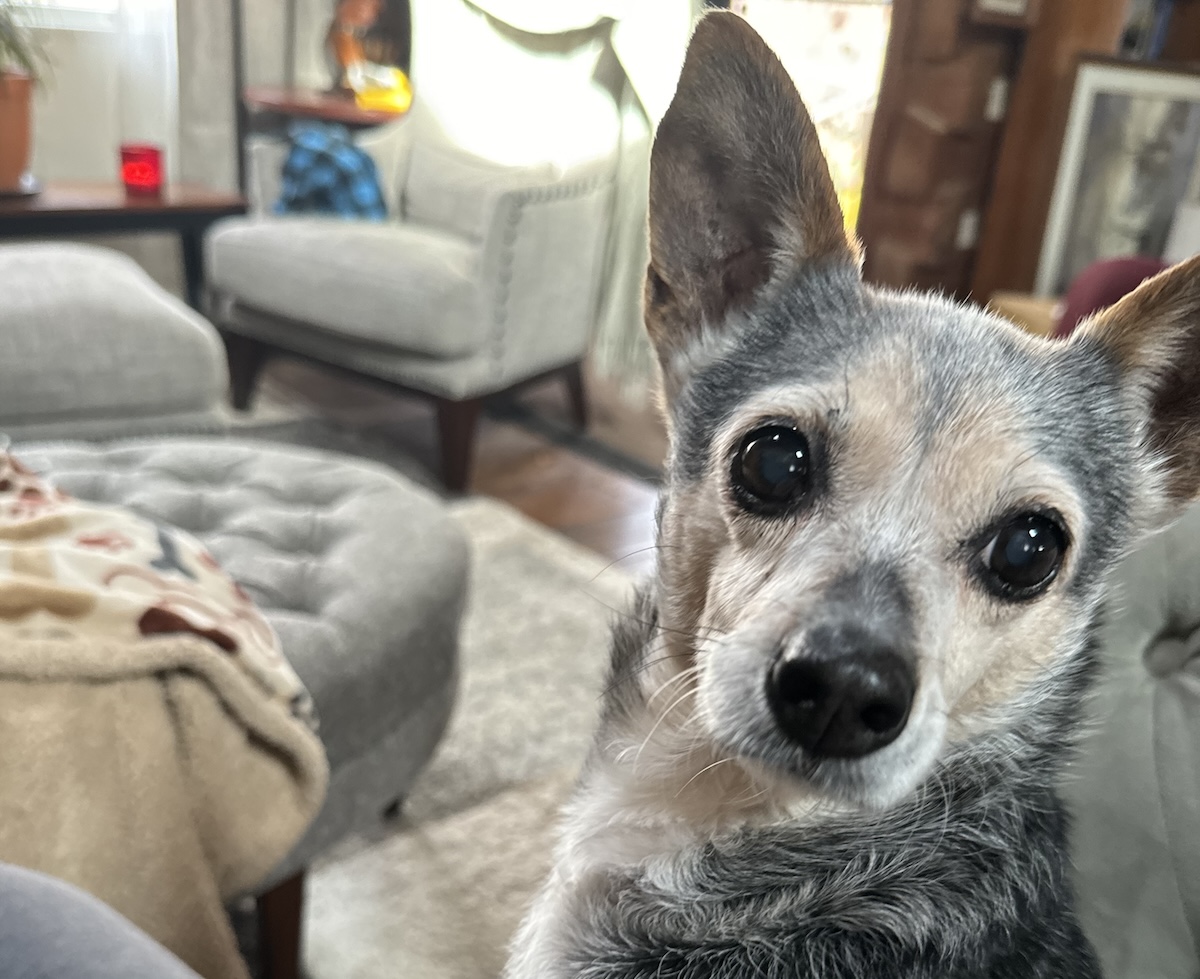Click to Skip Ahead
Having an overweight dog can be a serious concern for any pet owner, as it can lead to various health issues. It can also affect their activity level and even their personality, so you’ll need to do whatever you can to prevent it, possibly including adjusting their diet. If you’ve talked over the situation with your vet and it’s agreed that your pup needs a food change, read on for a list of several great options that can help your pet reach their weight goals.
The 6 Overweight Dog Diet Options
1. High-Protein, Low-Fat Foods
A commercial food that features real meat like chicken or turkey as the first ingredient can help ensure that your pet is getting a high-protein meal, though you can find the exact protein content on the nutrition label. Protein can increase satiety, and offers less calories than carbohydrates or fats on a weight by weight basis. Be aware that some high protein, grain-free foods have been recalled in the past, due to concerns with cardiomyopathy, so always check for a current recall list, if going that route.
Our Recommendation:
2. Weight Management Formulas
Many pet food brands offer weight management formulas specifically designed for overweight dogs. These products typically have fewer calories and lower fat content compared to regular dog food, and they can put your dog on the right weight-loss path. These formulas are often high in protein and low in fat and contain other healthy ingredients, such as real fruits and vegetables and healthy omega fats.
Our Recommendation:
3. Fiber-Rich Foods
Foods high in fiber can help keep your dog feeling full longer, which can aid in weight loss by more comfortably increasing the time between meals. Brands usually add vegetables, including green beans and pumpkin, to provide fiber without adding too many calories. These brands often taste better to dogs than other healthy options, but they are more likely to lead to diarrhea, especially when your pet first adjusts to the added fiber.
Our Recommendation:
4. Fresh Vegetables
Many brands add vegetables to their foods to increase the fiber content, which can help keep your pet full for longer, so they are less likely to look for a treat. Fresh vegetables can also make fantastic low-calorie treats in moderation.

Cooked lean meats are great treats that you can serve to your pet in moderation. Lean meat is almost pure protein and has little fat. Best of all, there are no additional ingredients to worry about. Ensure that any meat that you add to your dog’s diet is cooked thoroughly and free of bones and seasonings. Also ensure you avoid any proteins your dog may be allergic to. Treats can add a significant number of calories to your dog’s diet, especially when you are using them for positive reinforcement during training sessions. Therefore, high-quality, low-calorie treats are essential when you have an overweight pet and are limiting food frequency. Consider using pieces of cooked lean meat or even kibble from their daily ration as treats during training sessions. Our Recommendation: You should be able to see your dog’s waist when looking at them from above and feel their ribs without pads of fat. There should also be a slight abdominal tuck viewable from the side. However, the best way to know if your dog needs to be on a diet is to schedule an appointment with the vet. If you think that you may be over-portioning your dog’s meals, it’s possible that providing proper portions can reduce calories enough to see weight loss. However, feeding less than the recommended portion size can lead to a nutritional deficiency, so it’s best to switch to a vet-approved low-calorie formula if possible. Obesity can lead to several health issues, including diabetes, heart disease, increased blood pressure, joint problems, and a shortened lifespan. In the United States, reports show that more than 50% of dogs are overweight, so it’s a major concern for any dog parent. If you have an overweight dog, several options are available in terms of weight-management formulas of commercial dog food. These can help reduce the number of calories and the amount of fat that your pet consumes and increase their consumption of protein and fiber, which can help promote muscle development and keep them feeling full until the next meal time arrives. Low-calorie treats, fresh vegetables, and cooked lean meats are all good choices for between-meal snacks that won’t interfere with your dog’s weight-loss plan. However, before you make any changes to your pet’s diet, contact your vet to get advice specific to your dog. Featured Image Credit: LightField Studios, Shutterstock
5. Cooked Lean Meats
6. Low-Calorie Treats

Tips for Helping Your Dog Maintain a Healthy Weight
Frequently Asked Questions
How Can I Tell If My Dog Is Overweight?
Can I Feed My Dog Less of Their Regular Food Instead of Switching to a Weight Management Formula?
What Are the Risks of Obesity in Dogs?

Summary

